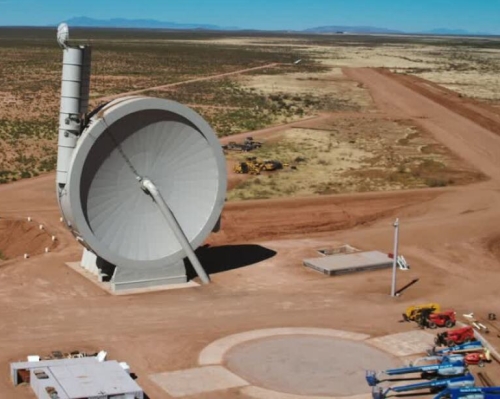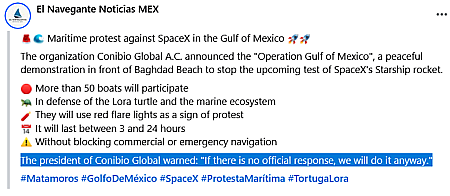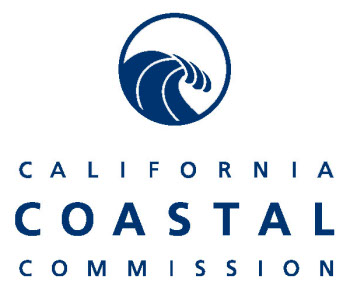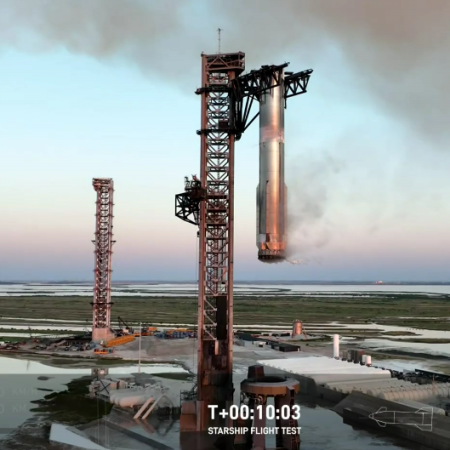SpaceX gets FAA approval to double its annual launches from Cape Canaveral
After several years of paperwork, the FAA yesterday approved SpaceX’s request to double its launch rate at the Space Force’s Cape Canaveral spaceport.
In addition to the annual launch increase from 50 launches to up to 120, the Federal Aviation Administration’s environmental review also approved a new on-site landing zone that could accommodate up to 34 booster landings per year. These boosters are the reusable first-stage portions of Falcon 9 rockets that SpaceX lands and refurbishes for future flights.
The review, finalized on Wednesday, found what’s known as a “Mitigated Finding of No Significant Impact,” meaning the proposed changes “would not significantly impact the quality of the human environment” under federal law, with impacts reduced by specific protective measures. [emphasis mine]
The highlighted words illustrate the absurdity of these environmental reviews. We know without doubt and without any major review that rocket launches do no harm to the environment or wildlife. We have seven decades of data in Florida proving it.
According to the article both the FAA and the Space Force still need to issue further approvals before this request can go forward. Expect the Space Force to agree, without much bother. The FAA needs to amend SpaceX’s launch licenses, and this should also happen relatively quick, especially with Trump as president.
After several years of paperwork, the FAA yesterday approved SpaceX’s request to double its launch rate at the Space Force’s Cape Canaveral spaceport.
In addition to the annual launch increase from 50 launches to up to 120, the Federal Aviation Administration’s environmental review also approved a new on-site landing zone that could accommodate up to 34 booster landings per year. These boosters are the reusable first-stage portions of Falcon 9 rockets that SpaceX lands and refurbishes for future flights.
The review, finalized on Wednesday, found what’s known as a “Mitigated Finding of No Significant Impact,” meaning the proposed changes “would not significantly impact the quality of the human environment” under federal law, with impacts reduced by specific protective measures. [emphasis mine]
The highlighted words illustrate the absurdity of these environmental reviews. We know without doubt and without any major review that rocket launches do no harm to the environment or wildlife. We have seven decades of data in Florida proving it.
According to the article both the FAA and the Space Force still need to issue further approvals before this request can go forward. Expect the Space Force to agree, without much bother. The FAA needs to amend SpaceX’s launch licenses, and this should also happen relatively quick, especially with Trump as president.










